With special-ops drills in hotspots on opposite sides of the world, the US military says 'they're back'

US special-operations troops conducted exercises on opposite sides of the world in late October.
The exercises reflect concerns about being able to operate on vital territory and in important waterways.
In October, US special operations forces trained on their own and with partners in two important chokepoints on opposite sides of the world, reflecting an increasing focus on those hotspots and others like them amid heightened tensions in Europe and Asia.
In mid-October, US special operations troops deployed to Shemya Island in Alaska's Aleutian Islands as part of the NORAD-led exercise Noble Defender in order "to exercise capabilities for securing key terrain and critical infrastructure," Gen. Glen VanHerck, head of Northern Command and NORAD, told Insider in a statement.
Noble Defender is "a recurring operation" meant to demonstrate NORAD's ability to coordinate US and Canadian forces in defense of North America, VanHerck said.
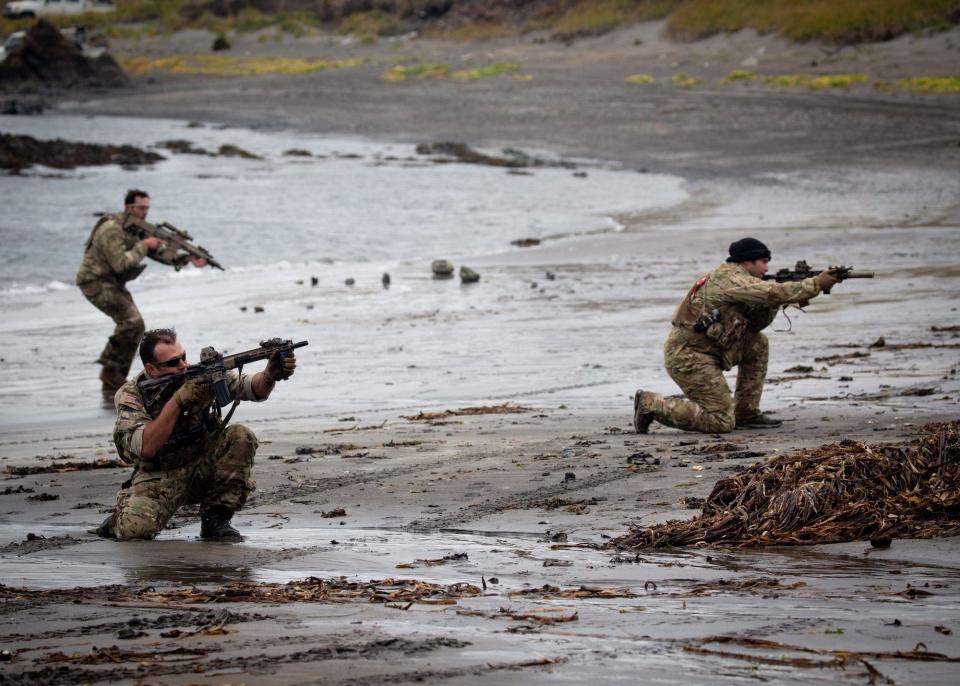
As the Arctic grows more accessible, the US military has increased its activity around Alaska, seeing it as a base for projecting power into the Pacific and Europe.
Training in the Aleutians now has the practical value of refamilarizing US forces with terrain that didn't receive much attention after the Cold War. "It's basically saying that they're back," said Rob Huebert, a professor and Arctic expert at the University of Calgary.
US special operators' training activity on Shemya included maritime insertion, special reconnaissance drone launches, close-quarters combat, medical evacuations, and integrated short-range air defense, among other drills.
Those are capabilities that "are increasingly difficult in Arctic conditions," VanHerck said, adding that the troops "demonstrated their professionalism and ability to operate successfully" throughout the exercise.
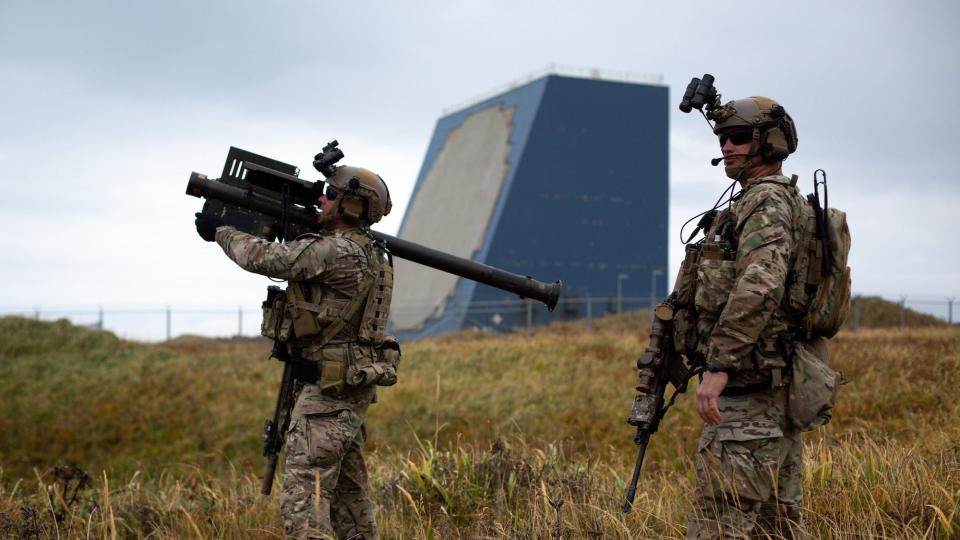
The US has had military installations on Shemya, which is closer to Russia than the US mainland, since World War II, including the Cobra Dane radar, which Northern Command called "a key sensor for identifying ballistic missile launches."
Cobra Dane was built in the 1970s and has renewed relevance amid the proliferation of aerial threats, such as cruise and hypersonic missiles. "The farther out you can go in terms of your surveillance capability toward the opponent, the better off your systems are," Huebert said.
Given the military significance of the region, the training on Shemya Island wasn't "terribly surprising," Huebert said.
"It's obvious messaging," Huebert told Insider, "because if they wanted to do an exercise on the Aleutian Islands and keep it quiet, that's not very hard to do."
'A hot piece of real estate'

While US special-operations forces trained on Sheyma, their counterparts in Europe trained with Swedish commandos in southern Sweden and on Sweden's Gotland Island, in the heart of the Baltic Sea.
Included in their training was the deployment and firing of an M142 High Mobility Artillery Rocket System on Swedish territory for the first time.
The use of HIMARS demonstrated US and Swedish forces' ability to "quickly employ long-range precision fires across the theater in a time and place of our choosing," the US Air Force's 352nd Special Operations Wing said.
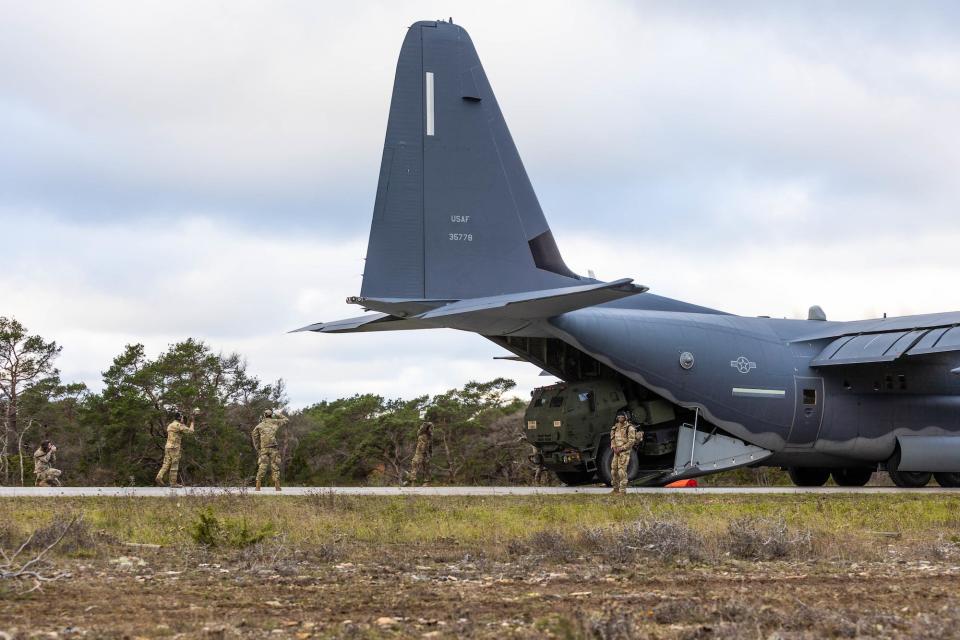
Swedish troops train regularly with the US and other NATO militaries, but Sweden is not a NATO member, and it's unusual for US forces to train on Baltic islands like Gotland, which is seen as "a hot piece of real estate," said Mathieu Boulègue, a research fellow in the Russia and Eurasia Programme at British think tank Chatham House.
Gotland and other small islands belonging to Sweden and Finland have "always been the soft underbelly of security" in the region, viewed as likely targets should Russia want to expand its military footprint or try to deny NATO and its partners freedom of movement in the Baltic, Boulègue said.
Deploying HIMARS displayed the US and Sweden's "continued effort in maintaining interoperability and rapid response readiness in the region," the 352nd Wing said.
A major Russian move against Gotland would be visible almost immediately, but there are suspicions of more subtle activity. A massive Finnish police raid on one of that country's islands in late 2018 prompted rumors of clandestine Russian military activity in the area.
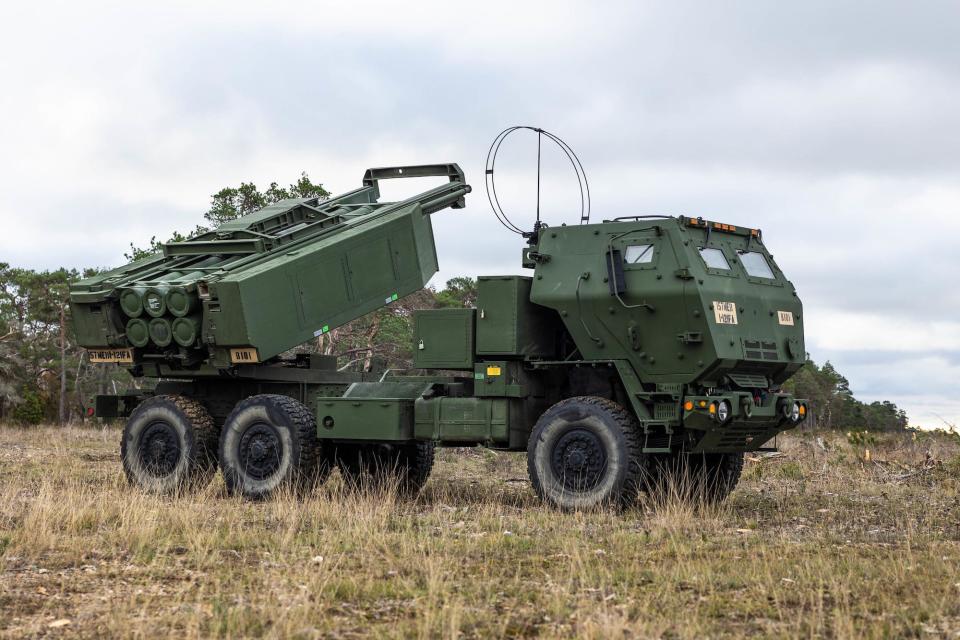
Like its neighbors, Sweden has increased defense spending, reemphasized civil defense, and plans to grow its military in response to tensions with Russia. Sweden has also bolstered Gotland's defenses, expecting it to be targeted early in a war.
Russia has built up its military and "shown that they are willing to use it," Karin Olofsdotter, Sweden's ambassador to the US, told Insider in an interview this spring.
"When we feel that our European security order and so on is under threat, we get nervous," Olofsdotter said. "That's why we are ramping up our security capabilities, and of course, to do that the United States is a paramount partner."
Rising threats
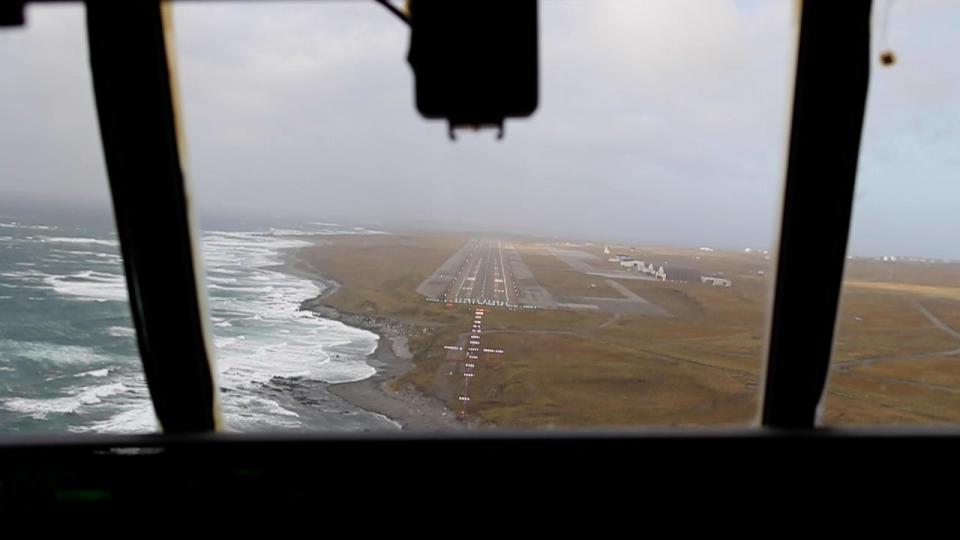
The Baltic Sea and the North Pacific Ocean have both seen more military activity amid tensions between NATO and Russia.
Close encounters in the Baltic are common, and the Bering Strait is expected to grow in importance as the Arctic becomes more accessible. US officials have contemplated reopening other facilities in the Aleutians.
Last month's exercises are also a sign of increasing attention on maritime chokepoints, where peacetime disruptions can upend the global economy and where wartime blockages could allow one military to trap its enemy.
US lawmakers have noted the risk. A provision in one version of the US defense budget authorization bill for 2022 would require the Pentagon to submit a report on "the security of global maritime chokepoints" against "hostile kinetic attacks, cyber disruptions, and other form of sabotage."
One message of the Gotland exercise was that if Russia planned to achieve "military superiority by denying NATO access to the region — specifically through the Danish Straits, which is the access point to the Baltic Sea — then we can also match you in terms of swiftness of response and readiness," Boulègue said.
Increased attention on the Bering Strait and the Greenland-Iceland-UK Gap, which are hard to reach and tough to operate in, is "very specific to the rising Russian threat," Huebert said, but it reflects "a growing recognition of the geopolitical concerns that are arising between the United States and its allies and China and Russia."
Read the original article on Business Insider

